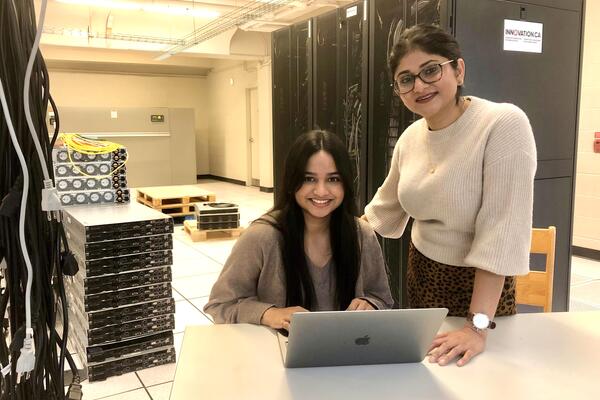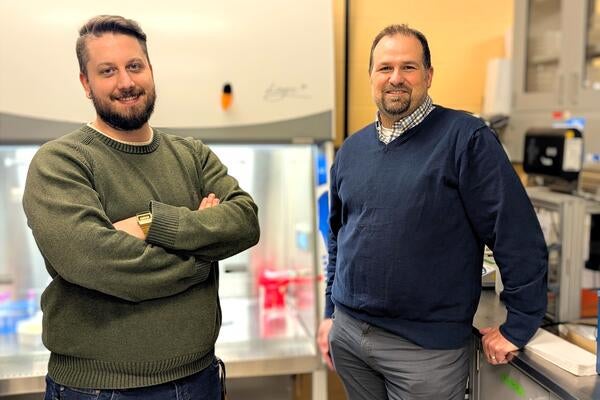
Researchers find way to harness AI creativity
Researchers have found a way to marry human creativity and artificial intelligence (AI) creativity to dramatically boost the performance of deep learning.

Researchers have found a way to marry human creativity and artificial intelligence (AI) creativity to dramatically boost the performance of deep learning.
By Media RelationsA team led by Alexander Wong, a Canada Research Chair in the area of AI and a professor of systems design engineering at the University of Waterloo, developed a new type of compact family of neural networks that could run on smartphones, tablets, and other embedded and mobile devices.

AttoNet
The networks, called AttoNets, are being used for image classification and object segmentation, but can also act as the building blocks for video action recognition, video pose estimation, image generation, and other visual perception tasks.
“The problem with current neural networks is they are being built by hand and incredibly large and complex and difficult to run in any real-world situation,” said Wong, who also co-founded a startup named DarwinAI to commercialize the technology. “These on-the-edge networks are small and agile and could have huge implications for the automotive, aerospace, agriculture, finance, and consumer electronics sectors."
A key part of the design of Wong’s AI system is that human designers work cooperatively with AI in the design of new networks, leading to compact yet high performing networks which can run on devices like smartphones, tablets, and autonomous vehicles.
The technology, called Generative Synthesis, was recently validated by Intel, and in a recent paper with Audi Electronics Ventures shown to greatly accelerate the deep learning design for autonomous driving. Earlier this year, the company made the insideBIGDATA Impact 50 List alongside Google and Microsoft. Deep learning is considered the cutting-edge of AI. Sophisticated artificial neural networks mimic the cognitive capabilities of the human brain to learn and make decisions.
“We took a collaborative design approach that leveraged human ingenuity and experience with the meticulousness and speed of AI because a computer can crunch really fast,” said Wong. “It’s already having a real-world impact, especially where there is a need for these on-the-edge deep learning solutions to power infrastructure and intelligence systems or protect user privacy," Wong said.
Wong’s master's student Desmond Lin recently presented the research paper at the annual Conference on Computer Vision and Pattern Recognition (CVPR) 2019 Expo in Long Beach, California.

Engineering master's student Nayeema Nonta (left), one of the three paper authors, and her supervisor, Dr. Sirisha Rambhatla, in a large server room with the computer power needed to develop their new LLM training technique. (University of Waterloo)
Read more
Waterloo researchers develop highly efficient AI training system that paves the way for cheaper, greener “intelligent partners”

Read more
Engineering researchers team up to tackle the plastics pollution problem with microbial innovation and engineering design

Read more
15 University of Waterloo researchers have been named to the annual Highly Cited Researchers™ list for significant contributions to their specific fields of research
The University of Waterloo acknowledges that much of our work takes place on the traditional territory of the Neutral, Anishinaabeg, and Haudenosaunee peoples. Our main campus is situated on the Haldimand Tract, the land granted to the Six Nations that includes six miles on each side of the Grand River. Our active work toward reconciliation takes place across our campuses through research, learning, teaching, and community building, and is co-ordinated within the Office of Indigenous Relations.